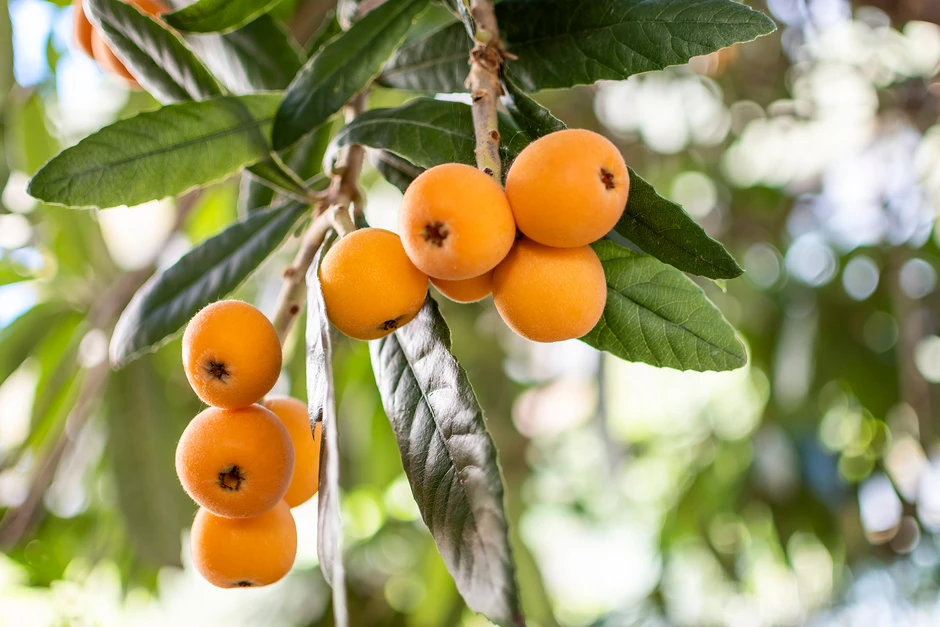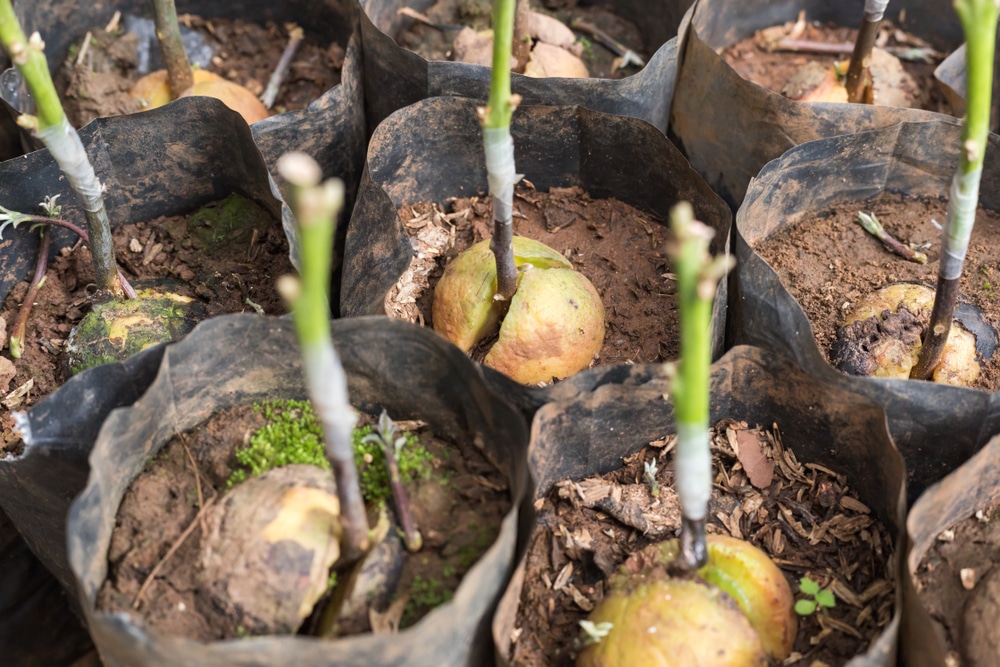
Scientifically known as Eriobotrya japonica loquat is a large evergreen shrub grown for its orange fruits and leaves.
The leaves contain antioxidants and polyphenols that boost general health and improve respiratory ailments. Loquat fruits are high in vitamin A and beta carotene and antioxidants.
Powdered loquat leaves are used to treat diarrhea, depression and counteract alcoholic intoxication. Loquat fruits are used as a stone fruit in desserts like cakes, tart, cobbler or crumble since they come from the same family as stone fruits.
The fruits are also used in making of loquat wine, alcoholic beverages and making of animal feeds.
The fruits are also used as natural sweeteners for many types of foods.

How to propagate loquats and landscaping benefits
Loquat can easily be propagated from seed or cuttings. However, loquat trees grown from seed may not produce fruit for up to 10 years, and the fruit quality may vary. To propagate loquat from cuttings, take semi-hardwood cuttings in early summer. Trim stems to around 10cm and remove lower leaves. Loquats can be tricky to root so you may want to dip each cutting in rooting hormone to increase its chances of taking, and then push them into a pot filled with cuttings compost. Keep the cuttings moist and in a warm, partially shaded area. You will know they have rooted when you see growth at he tips of each cutting.
Landscaping with Loquats
Loquats are mostly planted in parks and gardens because of its ornamental appearance, providing shade and also as a wind breaker. Developed root system controls soil erosion. They are suited for small gardens. They grow 20 to 35 feet tall and 30 to 35 feet wide.
Finally,
Unbudded trees grown from seed are satisfactory for ornamental use, but they seldom bear good fruit.
For best results, plant one of the budded, named varieties, such as Early Red for February fruit, Champagne or Thales for March to April, Advance for April to June, or Victor for May to July
Happy planting
